#18 in Vietnam
Xôi: Basic Information
Pronunciation
Alternative Name(s)
Dish Type
Course
Mealtime
Popular Xôi Variations
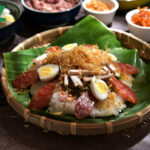
Xôi Mặn

Xôi Cá
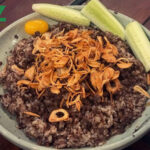
Xôi Chim
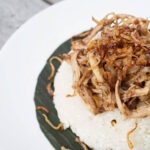
Xôi Gà
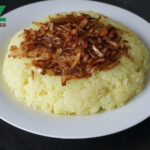
Xôi Hoàng Phố
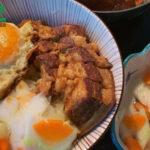
Xôi Thịt Kho
Xôi: Ingredients and Preparation
Main Ingredients
Main Cooking Method
Preparation Process
Xôi: A Deep Dive
Cultural Significance
Taste
Texture
Aroma
Color
Serving Style
Serving Temperature
Accompaniment
Occasions
Seasons
Special Diets
Calories
Popularity
Popular Similar Dishes
- Pulut Inti
- Suman
Popular Dining Area
Xôi is a traditional Vietnamese glutinous rice dish that is available in sweet or savory form. Typically, xôi is a popular street treat for breakfast or a dessert that is enjoyed widely across the country. Therefore, this sticky rice dish has numerous versions made using different ingredients.
For the sweet adaptations, xôi offers toppings like mung bean, fruits, corn, or beans. Thanks to this, the sticky rice itself also comes in various colors. As for the savory renditions, locals use all sorts of meat, sausages, pork floss, pate, and many more to diversify the flavor.
To understand xôi, it’s important that you go through some of the well-known versions of xôi along with the basic methods of cooking this specialty in Vietnam.
Later on, there are many pros and cons that you should know about eating xôi along with some common inquiries about the dish. Plus, make sure to savor some more dishes that share the same concept as xôi.
Key Points
Xôi Images
What Are the Variants of Xôi in Vietnam?
Xôi in Vietnam comes in all forms of dishes that offer an endless experience. For that, allow me to guide you through the various versions of xôi in Vietnam.

Xôi Mặn
A popular savory sticky rice with a diverse range of meat toppings
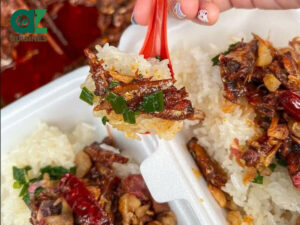
Xôi Cá
An adaptation where sticky rice is served with fish
The stick rice with anchovy is a specialty of Nha Trang
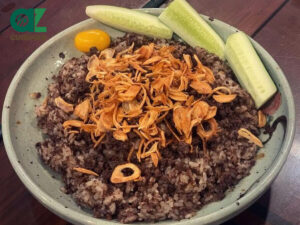
Xôi Chim
A version of sticky rice with bird meat
A delicacy of Kim Bang, Ha Nam
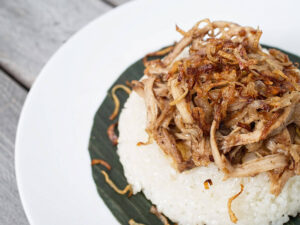
Xôi Gà
A sticky rice with chicken

Xôi Hoàng Phố
A soft version known for its bold taste of fermented shrimp paste

Xôi Thịt Kho
A sticky rice dish served with braised pork and savory broth
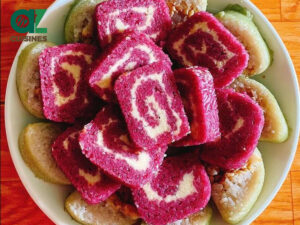
Xôi Cuộn
A sticky rice specialty with the fillings rolled between the rice

Xôi Chiên
A crispy and fried specialty of xôi
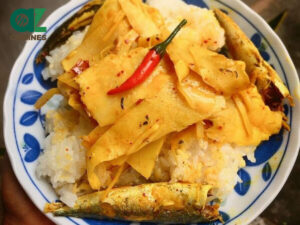
Xôi Măng
A sticky rice with bamboo shoots
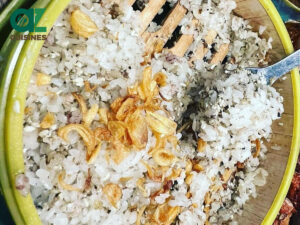
Xôi Trứng Kiến
A specialty of Lai Chau and the Tày people
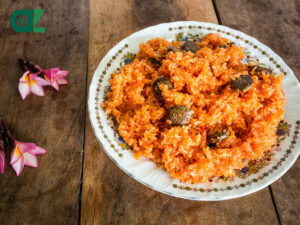
Xôi Gấc
A bright red, sweet sticky rice
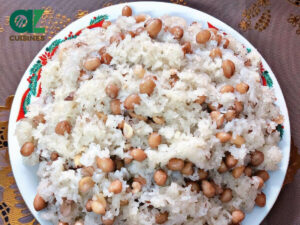
Xôi Đậu Phộng
Sticky rice with peanuts
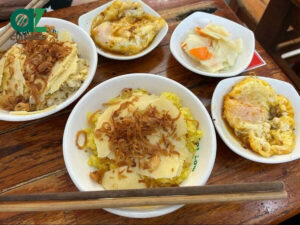
Xôi Khúc
A signature xôi dish of the North region in Vietnam
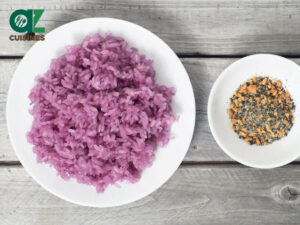
Xôi Lá Cẩm
Possesses a signature purple-colored sticky rice
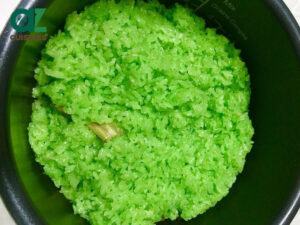
Xôi Lá Dứa
Fragrant sticky rice with pandan

Xôi Bắp
A corn sticky rice topped with sweet or savory elements
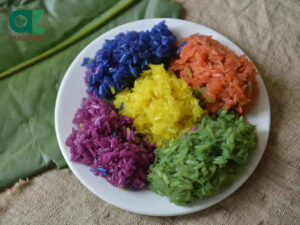
Xôi Ngũ Sắc
A multi-colored sticky rice with the color made from natural ingredients

Xôi Sắn
Sticky rice with cassava
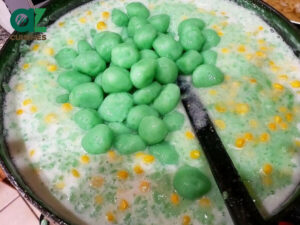
Xôi Nước Dừa
Sticky rice with coconut milk

Xôi Sầu Riêng
Sticky rice with durian
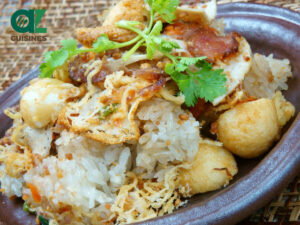
Xôi Thập Cẩm
Mixed sticky rice with various toppings

Xôi Vị
A sweet sticky rice that combines glutinous rice with shredded coconut
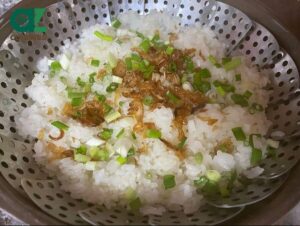
Xôi Trắng
Plain sticky rice with simple scallion oil
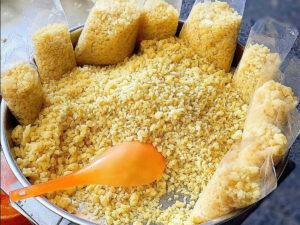
Xôi Vò
A specialty of the North
Sticky rice mixed with mung bean

Xôi Xéo
Sticky rice with mung bean and shallots
Enjoyed as a breakfast item
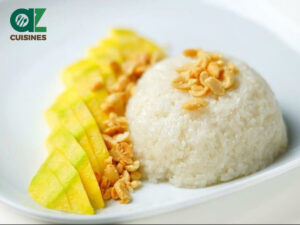
Xôi Xoài
A sweet sticky rice dish with mango
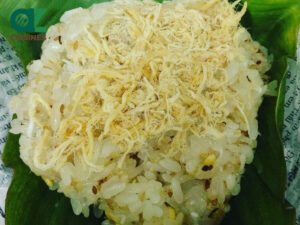
Xôi Vừng Dừa
Sticky rice with sesame and coconut

Xôi Đậu Xanh
Sticky rice cooked with mung bean
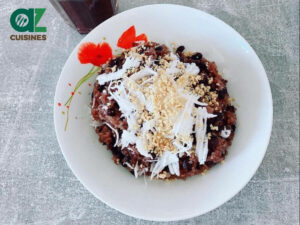
Xôi Đậu Đen
Sticky rice with black bean

Xôi Chiên Phồng
Offers a huge ball
Puffed and crispy

Xôi Lam
Cooked in bamboo tubes
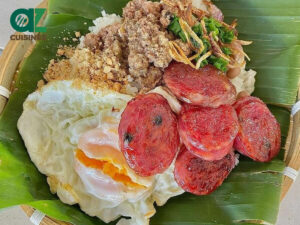
Xôi Pate
A savory sticky rice with pate
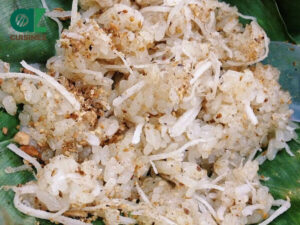
Xôi Dừa
Sticky rice with coconut
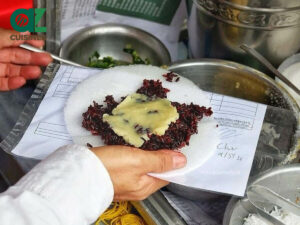
Xôi Nếp Than
Made with black glutinous rice
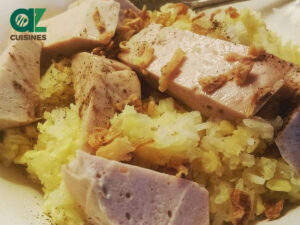
Xôi Giò
Sticky rice with Vietnamese pork sausage

Xôi Ruốc
Sticky rice with dried shredded pork

Xôi Nén
Densely packed sticky rice served with pork sausage
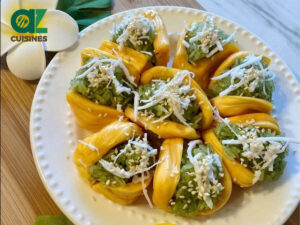
Xôi Mít
Sticky rice stuffed in jackfruit for dipping in coconut milk
With various adaptations of xôi, make sure you spend your time researching about the methods of making xôi by the locals.
How to Make Vietnamese Xôi?
Since xôi has various adaptations, there are endless ways to recreate xôi. However, let me keep it simple by showing you the standard methods of making xôi mặn and xôi ngọt:
Xôi Mặn:
Step 1: Soak and Steam the Rice
Begin by soaking glutinous rice, then steam it until it becomes tender and sticky.
Step 2: Prepare the Toppings
Cook your choice of meat (such as chicken, pork, or char siu) and prepare other toppings like fried shallots, eggs, pork floss, pate, or scallion oil.
Step 3: Assemble the Dish
Once the rice is cooked, season it lightly with salt. Top the sticky rice with the toppings.
Step 4: Seasoning
Finally, season the dish with a bit of soy sauce for an extra flavor boost.
Xôi Ngọt:
Step 1: Soak and Steam the Rice
Soak the glutinous rice before steaming it until it’s sticky and tender.
Step 2: Prepare the Sweet Coconut Mixture
While the rice is steaming, prepare a sweet mixture using coconut milk and sugar, heating it until the sugar dissolves.
Step 3: Combine Rice with Coconut Mixture
After the rice is cooked, gently mix it with the sweet coconut mixture. If using beans (like mung, black, or red beans), they can be mixed in at this stage.
Step 4: Serve
The sweet sticky rice can be served warm and garnished with toppings like sesame seeds, shredded coconut, or even slices of ripe mango for a refreshing touch.
After knowing the basic procedures of making xôi both sweet and savory, I suggest looking into the benefits and drawbacks of eating this Vietnamese specialty.
Pros and Cons of Eating Xôi
Here are a few features that you should know about consuming xôi, all well presented in a table for you to keep track:
Pros
Cons
Aside from the positive and negative aspects of eating xôi, this glutinous specialty also raises some concerns for many, especially people who are new to Vietnamese cuisine.






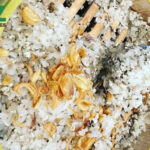
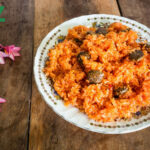
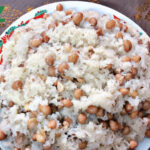
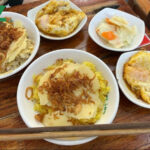

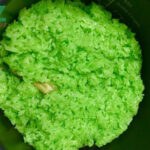









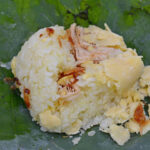

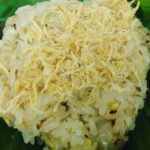

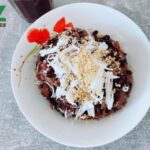


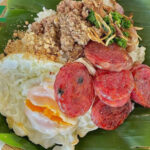
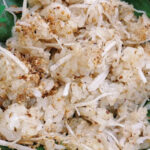
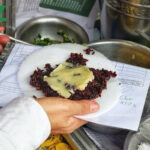
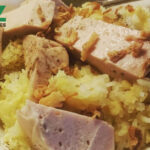



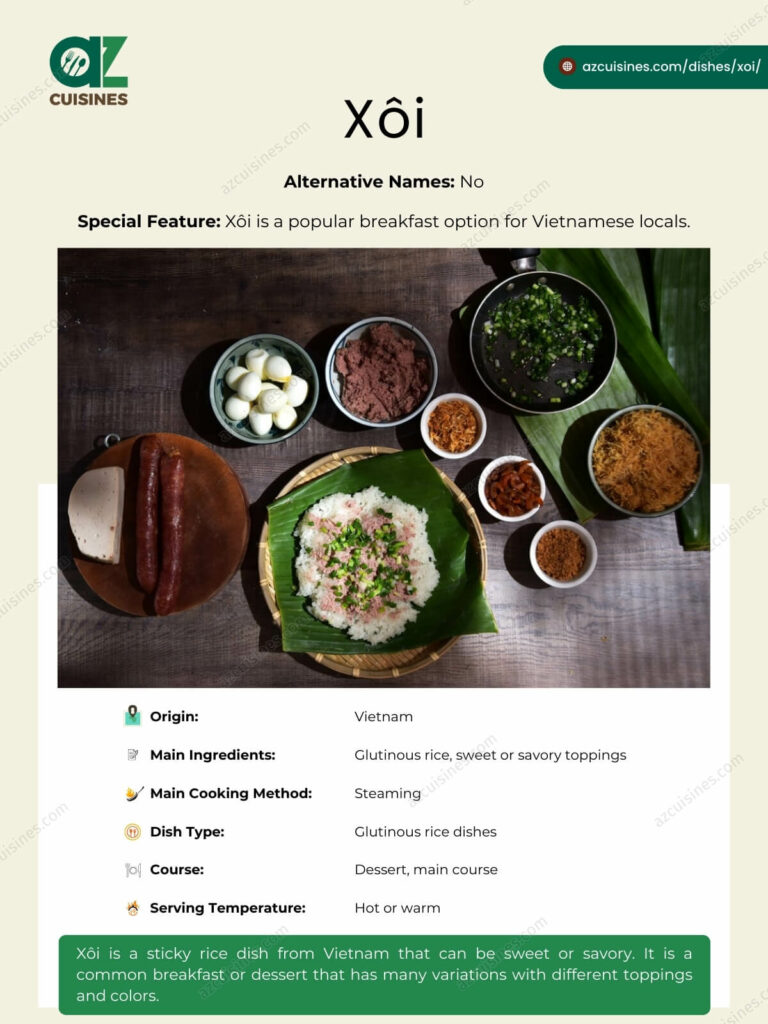

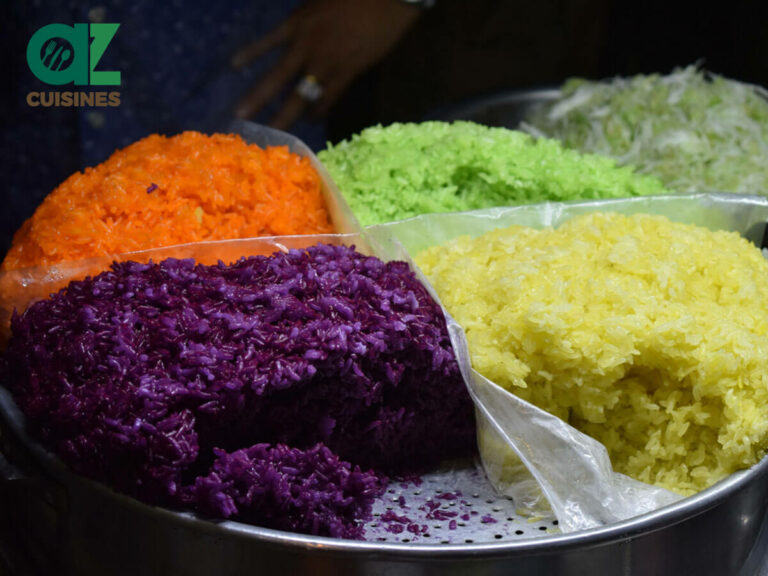
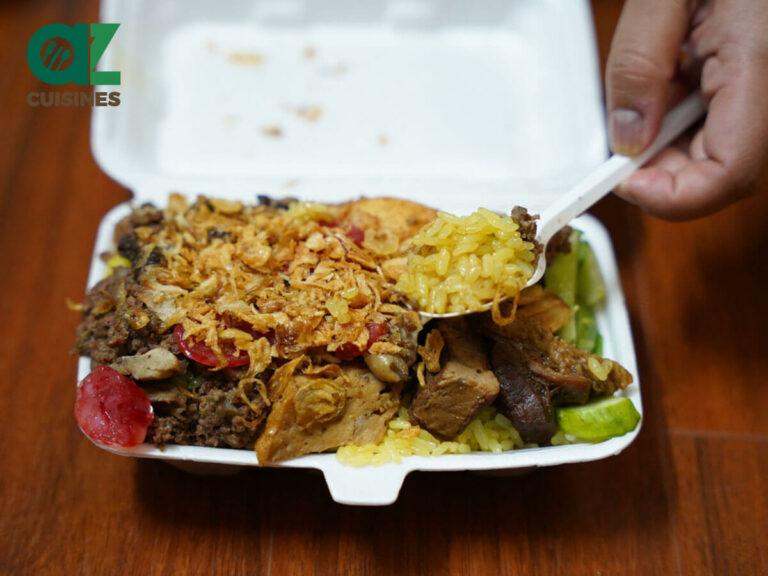

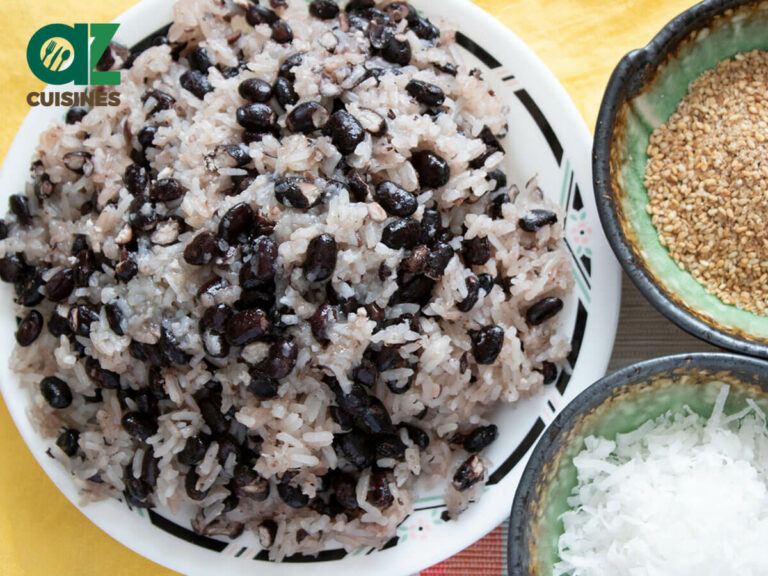


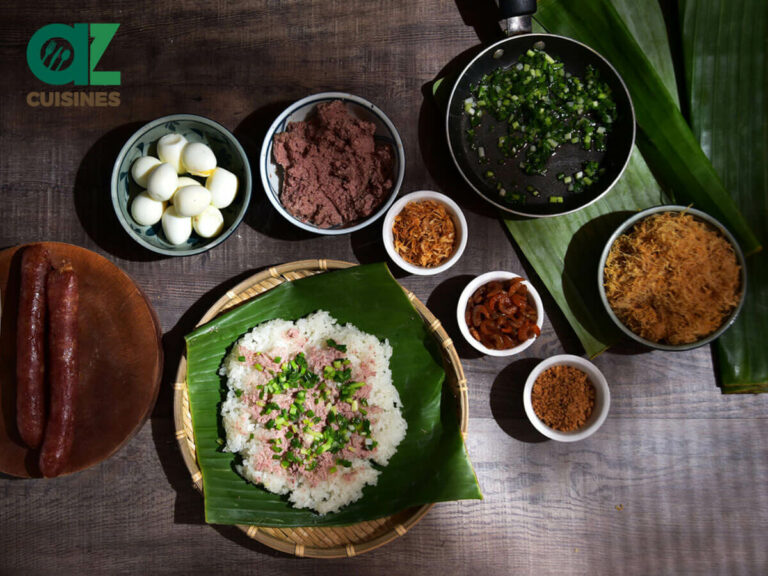
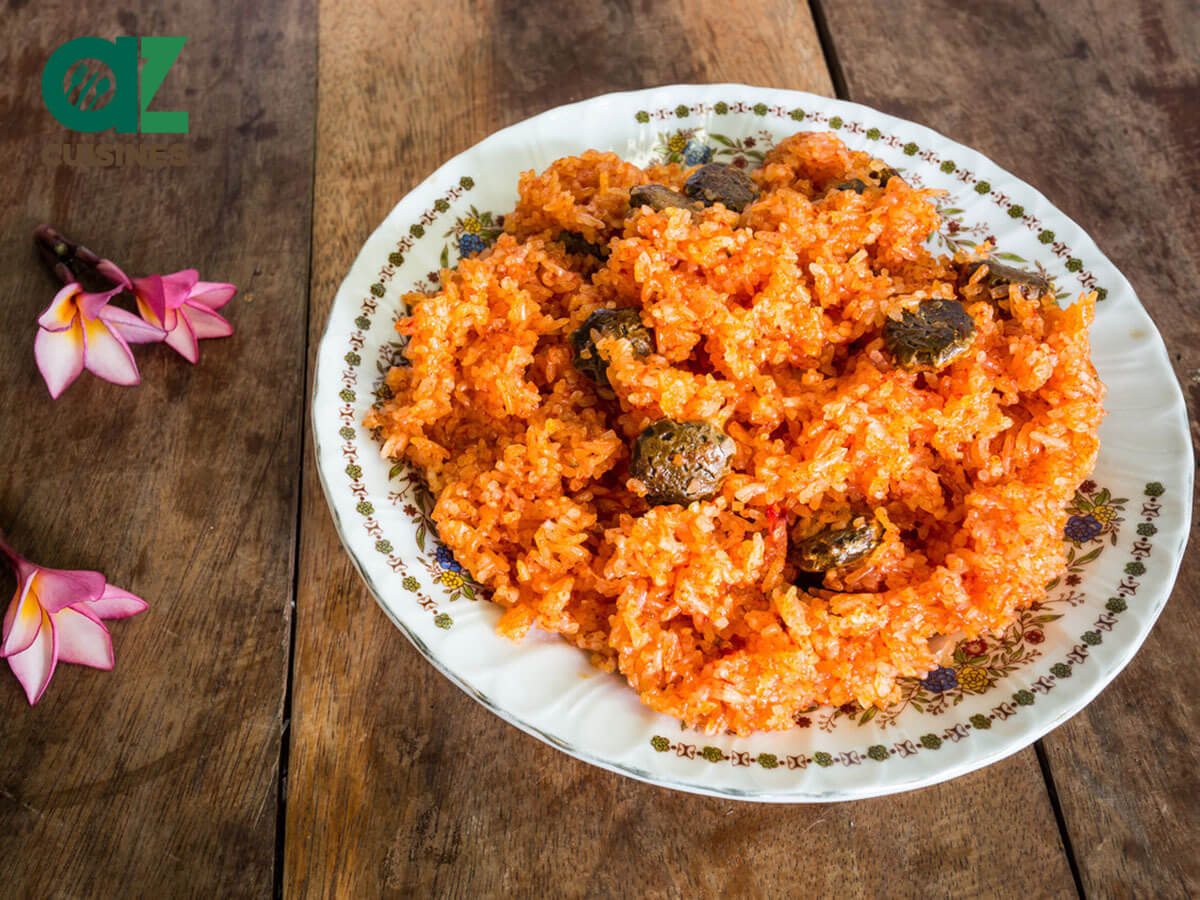

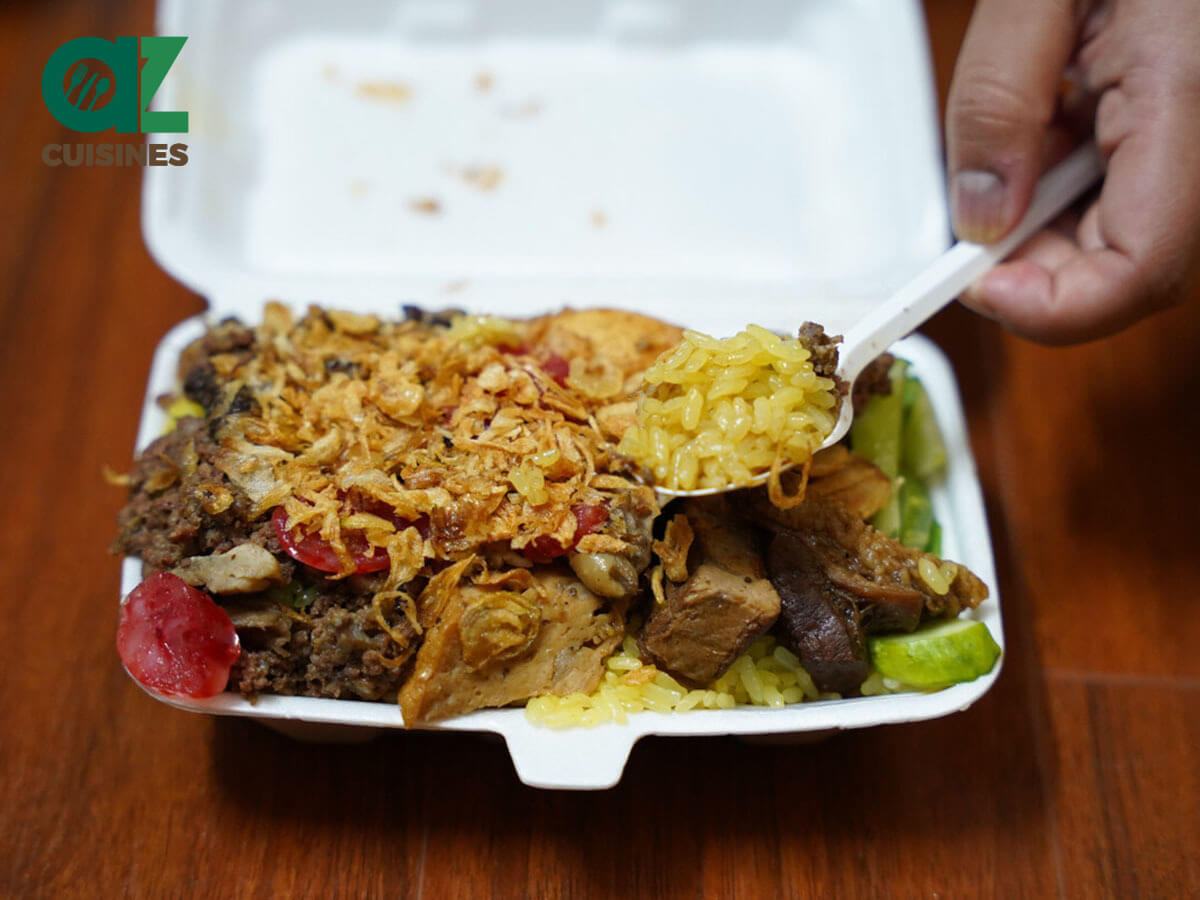




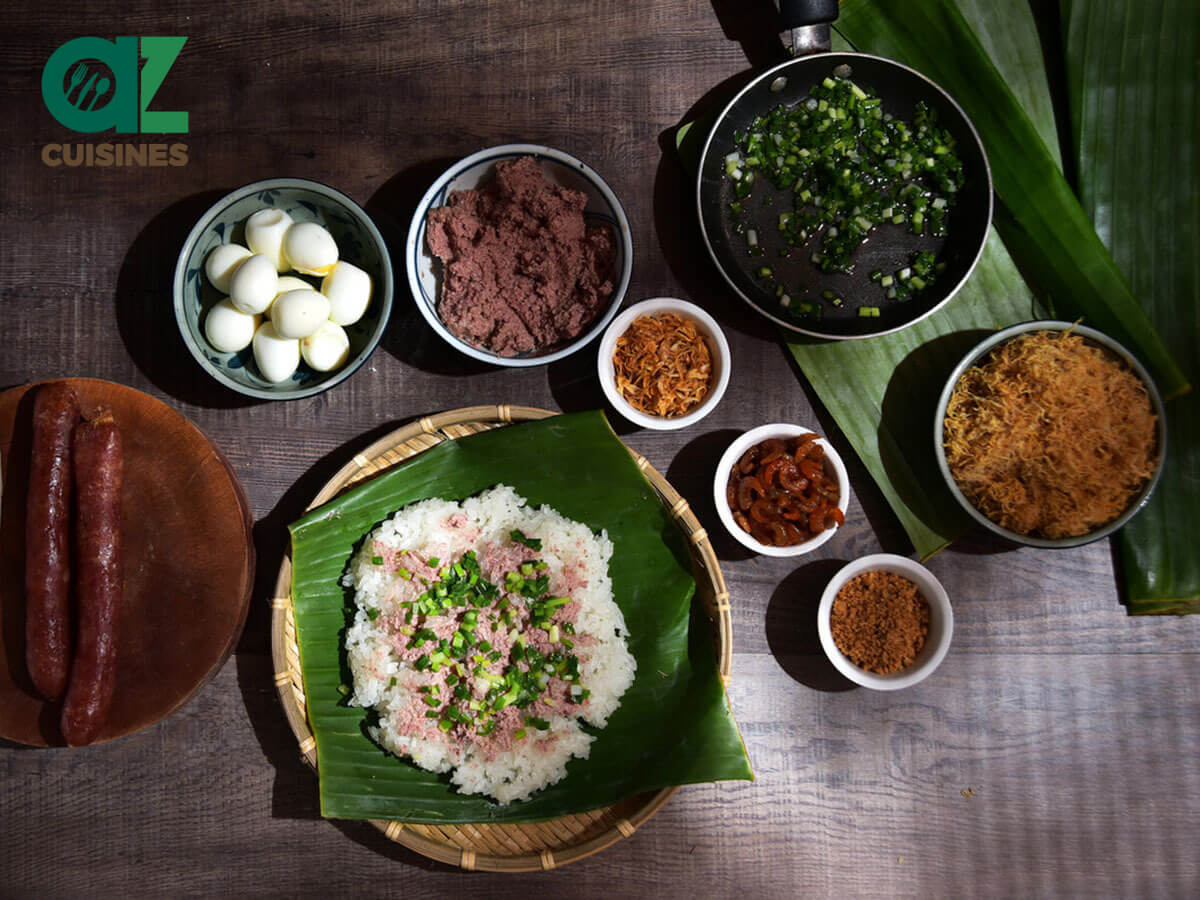
Truc Tran (Kris)
Senior Food Editor
Expertise
Home Cooking, Meal Planning, Recipe Development, Baking and Pastry, Food Editor, Cooking-video Maker, Vietnamese Food Evaluation Expert
Education
Truc Tran (Kris), an experienced food writer and editor, is great at exploring and describing global cuisines, from simple street food to fancy dining. In her writing, she skillfully mixes different flavors, cooking methods, and culinary traditions, showing the unique character of various cultures through their food and drinks. On azcuisines.com, Kris highlights her knowledge, especially in Asian cuisine and worldwide traditional dishes.